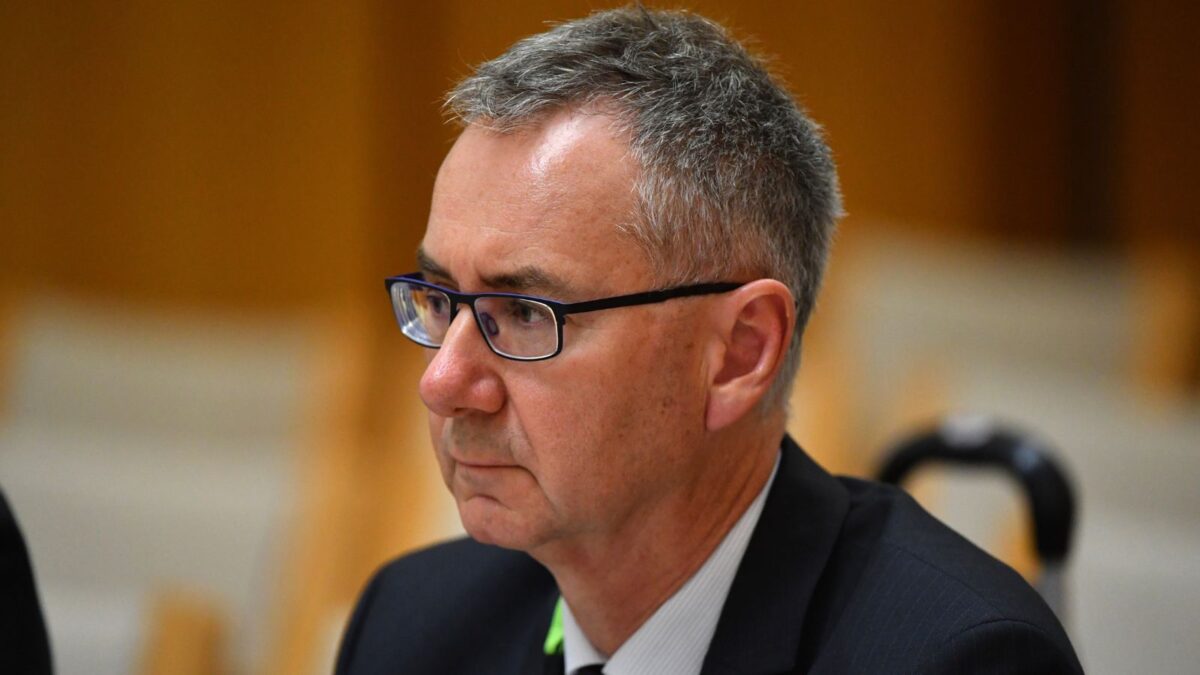Open fund reserves for upgrades: AIST
The Australian Institute of Superannuation Trustees (AIST) has argued that funds should be permitted to use their operational risk financial reserve (ORFR) to upgrade their systems and prevent future risks earlier.
The “blunt” 0.25 per cent of fund capital that funds must hold in their ORFR is now becoming a “very significant sum” for some of Australia’s larger funds, according to the AIST, and one that cannot contribute to member returns. The AIST argues that’s creating large reserves of non-productive capital that continues to grow for “no perceived benefit” when it could instead be opened up for other uses.
“Industry competition, creation of mega funds, YFYS performance test are all driving fee compression across the industry,” the AIST said in its submission to APRA’s “Strengthening Financial Resilience in Superannuation” consultation. “This is positive for members but has the potential to effect fund sustainability in the future and/or could result in fee increases.”
“Many funds across the industry require significant investment in technology, operating platforms and systems to modernise and improve value proposition to their members. Currently, access to limited capital is restricting the process of innovation and transformation.”
The AIST notes that the quantum of capital held has no correlation to risk management, and that a prudently managed fund with “extensive resources” is required to hold the same amount as one that is run badly. It instead proposes that the ORFR amount be flexible, potentially through a dollar-based level calculated with a more detailed approach to quantifying operational risk.
“The purpose and allowable uses of reserves should also be considered,” the AIST said in its submission. “As funds in the ORFR can only be drawn upon to remediate a risk event loss that has already occurred, it cannot be used to mitigate the likelihood of potential future events.
“AIST believes there is opportunity to broaden the possible uses of those reserves to include other purposes connected to prudent risk management of the operations of the fund. For example, access to the ORFR to update/upgrade/modernise technology systems that could create risk if not undertaken, could see funds able to address future risk earlier, and therefore more cost effectively.”
The consultation comes amidst criticism of new reserves that some funds are building over and above the ORFR in order to avoid insolvency in the event of a substantial penalty. While some funds will slug members with a new fee, others are choosing to build the penalty reserve from existing administrative reserves – though a significant penalty could still see members charged more.










